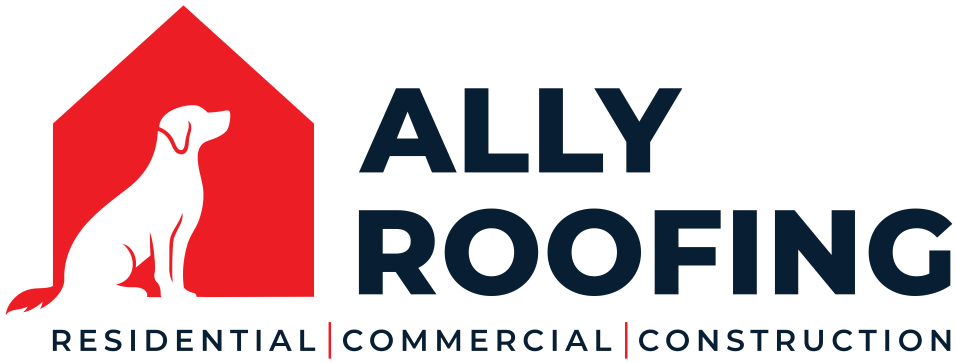The kitchen is an area of the home where mold can easily attach itself. Mold thrives in areas of high moisture with inadequate ventilation. Older homes are even more susceptible to mold in the kitchen due to improper construction. High humidity established by cooking often brings about the moisture necessary for kitchen mold growth. Condensation is also produced during the washing and drying of dishes which allows the kitchen mold to spread.
Routine checks of window corners, walls behind standing kitchen units, poorly ventilated cupboard panels, and areas under and behind kitchen appliances, will help reduce the appearance of mold in the kitchen. A simple health check will enable the area to remain clean and fresh at all times.
Kitchen Mold Removal
Mold in the kitchen can create health issues for all household members. The Center for Disease Control report studies the suggest a link between early mold exposure and asthma in children. Kitchen mold is not a mild issue to be ignored. If you have kitchen mold, then it may be time to call in your local Charlotte mold and remediation company.
Kitchen Cabinets
Kitchen molds in the cabinet can be a serious issue. This exposes dishes, glassware, pots, and even boxed foods to the fungi. Mission Restorations can offer the best ways to rid yourself of mold inside the kitchen cabinets.
When moisture accumulates inside your cabinets it has a high risk of kitchen mold development. This usually occurs when placing not yet be completely dry dishes inside the cabinet or when moisture from cooking or dishwasher use is allowed to seep in. Luckily, small mold problems can be removed with non-ammonia based cleaners and some scrubbing power.
- Wear protective gloves and safety glasses prior to handling chemicals or mold;
- Choose the appropriate cleaner that is designed specifically to kill mold;
- You can use bleach, hydrogen peroxide, or distilled white vinegar to remove some mold. Be advised that use of these items can cause discoloration in stained wood;
- Spray the solution onto the kitchen mold directly. Scrub away the mold with a cloth or stiff-bristle brush. A toothbrush may be used for hard-to-reach areas;
- Using a rag and warm water, rinse the cleaning solution and kitchen mold from the cabinet interior;
- Dry the cabinet, inspecting for any traces of leftover mold;
- Repeat the process should any mold remain;
- If after these steps, you can still not remove the mold, then it is time to call in the mold removal specialists.
Prevention of Mold in the Kitchen
Location of the kitchen mold’s origin is crucial to preventing it from returning. It could be a leaking sink or dishwasher. If mold in the kitchen is the result of a leaky sink, then you may need to remove the entire sink to get to it. Any mold that has spread into the flooring, drywall, or ceiling will require an expert in kitchen mold removal.
Ensure proper ventilation with the use of exhaust fans and open windows if possible. Wipe down and dry all surfaces that come in contact with moisture immediately. Good air circulation can also help to minimize the chance of mold in the kitchen.
The prevention of kitchen mold is always better than the cure. Mold in the kitchen is an all too common problem. Kitchen mold can be found on food remnants and moisture affected dark places. The use of vinegar to clean these areas on occasion can aid in the prevention.
It always pays to be well prepared for whatever the future brings. This is also why you should have a restoration company you know and trust. Mission Restorations has experts in fire, water, and mold restoration. If ever in need of services, don’t hesitate to call the best damage restoration team in Charlotte and its surrounding areas at 704-727-2000.



